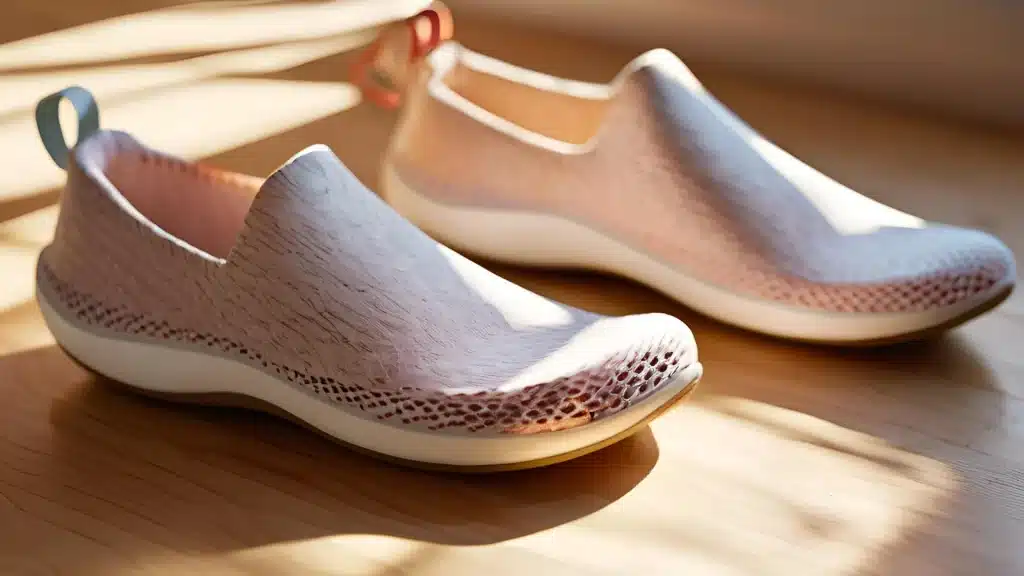10 Effective Home Remedies for Hip Pain

Overview
Hip pain can be quite disturbing, especially if you don’t take any steps to address it. It can become a significant obstacle in your daily activities. However, there’s no need to worry. Today, we will explore effective remedies that can help you reduce your hip pain from the comfort of your home.
1. Rest and Avoid Overuse
One of the simplest remedies for hip pain is to rest. Overuse from activities such as running, cycling, or long walks can strain the muscles and joints around the hip.
What to Do:
- Avoid high-impact activities for a few days to give your hip time to heal.
- Instead, opt for gentle movements like walking or stretching.
Why It Helps:
Rest prevents further damage to the inflamed tissues and allows the body to recover naturally.
2. Apply Heat or Ice Packs
Applying heat or ice therapy is a simple method to relieve hip pain.
How to Use It:
- For acute pain or swelling, apply an ice pack wrapped in a towel to the hip for 10-15 minutes.
- For stiffness or chronic pain, use a heating pad or a warm towel for 15-20 minutes.
Why It Helps:
Ice reduces inflammation and numbs the area, while heat relaxes tight muscles and improves blood circulation.

3. Gentle Stretching Exercises
Stretching helps to relax tight muscles and enhances flexibility in the hip joint. Find out the location where your hip pain is coming from and stretch accordingly.
Examples of Stretches:
- Knee-to-Chest Stretch: Lie on your back, bring one knee to your chest, and hold for 20-30 seconds.
- Figure-4 Stretch: Sit or lie down, cross one ankle over the opposite knee, and gently press the raised knee outward.
Why It Helps:
Stretching reduces tension in the muscles and ligaments around the hip, relieving pain and improving movement.
4. Pain Relief Medications
If the pain becomes unbearable, you may consider using over-the-counter medications like ibuprofen (Advil) or acetaminophen (Paracetamol).
How to Use:
- Take the recommended dose as directed on the packaging.
Why It Helps:
These medications reduce inflammation and provide temporary relief from pain, allowing you to carry out daily activities more comfortably.
5. Self-Massage
Massaging the hip area can help relieve muscle tension and improve blood circulation.
How to Do It:
- Use your hands or a massage tool to gently knead the painful area.
- For deep tissue relief, consider using a foam roller to target specific muscles like the glutes or hip flexors.
Why It Helps:
Massage reduces stiffness, improves circulation, and promotes relaxation, leading to less pain and better mobility.
6. Maintain Good Posture
Poor posture, whether sitting or standing, can worsen hip pain.
Tips for Good Posture:
- Sit with your feet flat on the floor and your back straight.
- Avoid crossing your legs or slouching for extended periods.
Why It Helps:
Proper posture ensures even weight distribution across the hips, reducing unnecessary strain on the joints and muscles.

7. Weight Management
Carrying excess weight places additional stress on your hip joints, particularly during movement.
What to Do:
- Focus on a balanced diet rich in fruits, vegetables, lean proteins, and whole grains.
- Incorporate regular physical activity like walking or yoga to help manage your weight.
Why It Helps:
Losing even a small amount of weight can significantly reduce pressure on your hips, alleviating pain and preventing future issues.
8. Use Supportive Footwear
The type of shoes you wear can significantly affect your hip pain. Footwear that lacks support, such as high heels or worn-out shoes, can lead to poor alignment and cause increased strain on the hips.
What to Do:
- Wear shoes with good arch support and cushioning.
- Consider orthotic insoles for added comfort and alignment.
Why It Helps:
Proper footwear improves posture and gait, reducing stress on your hips and knees.

9. Stay Active with Exercises
While rest is essential for recovery, too much inactivity can lead to stiffness. Gentle, low-impact activities as well as practicing yoga can help keep your hips moving without overloading them.
Activities to Try:
- Swimming: A great way to strengthen hip muscles without any impact.
- Cycling: Helps build strength while keeping the joints moving.
- Walking: A simple activity to maintain mobility and circulation.
Why It Helps:
Staying active prevents stiffness, strengthens supporting muscles, and promotes healing.
10. Try Natural Remedies
Some people find relief from hip pain using natural remedies like essential oils or Epsom salt baths.
What to Try:
- Epsom Salt Bath: Add a cup of Epsom salt to warm water and soak for 15-20 minutes to relax muscles and ease pain.
- Essential Oils: Apply diluted peppermint or eucalyptus oil to the painful area for a soothing effect.
Why It Helps:
These natural remedies promote relaxation and reduce inflammation, providing additional relief from discomfort.
Takeaways
Don’t let hip pain disrupt your life. Follow our detailed guide to start your journey toward a pain-free existence today. If your pain continues or worsens, be sure to consult a healthcare provider to rule out any underlying conditions that may need professional treatment.
By maintaining a nutrition rich diet and taking small, consistent steps, you can improve your hip health and enjoy a more active, pain-free life.
